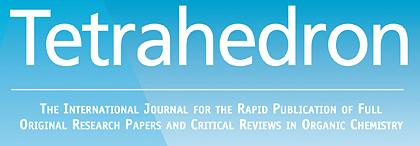
Analogs of 4-amino-1,2,4,5-tetrahydro-2-benzazepin-3-ones, containing a methyl substituent at the 4- or 5-position, or a phenyl substituent at C-1, were prepared. Conformational analysis of tetrapeptide models containing these analogs indicated different conformations of the benzazepinone ring, and extended backbone conformations, except for the 4-methyl-substituted analog. The latter was shown to have a strong preference for a turn conformation. Incorporation into the N-terminal tetrapeptide sequence of dermorphin resulted in potent opioid analogs and an indication that the receptor-bound conformation might not adopt a turn structure.
